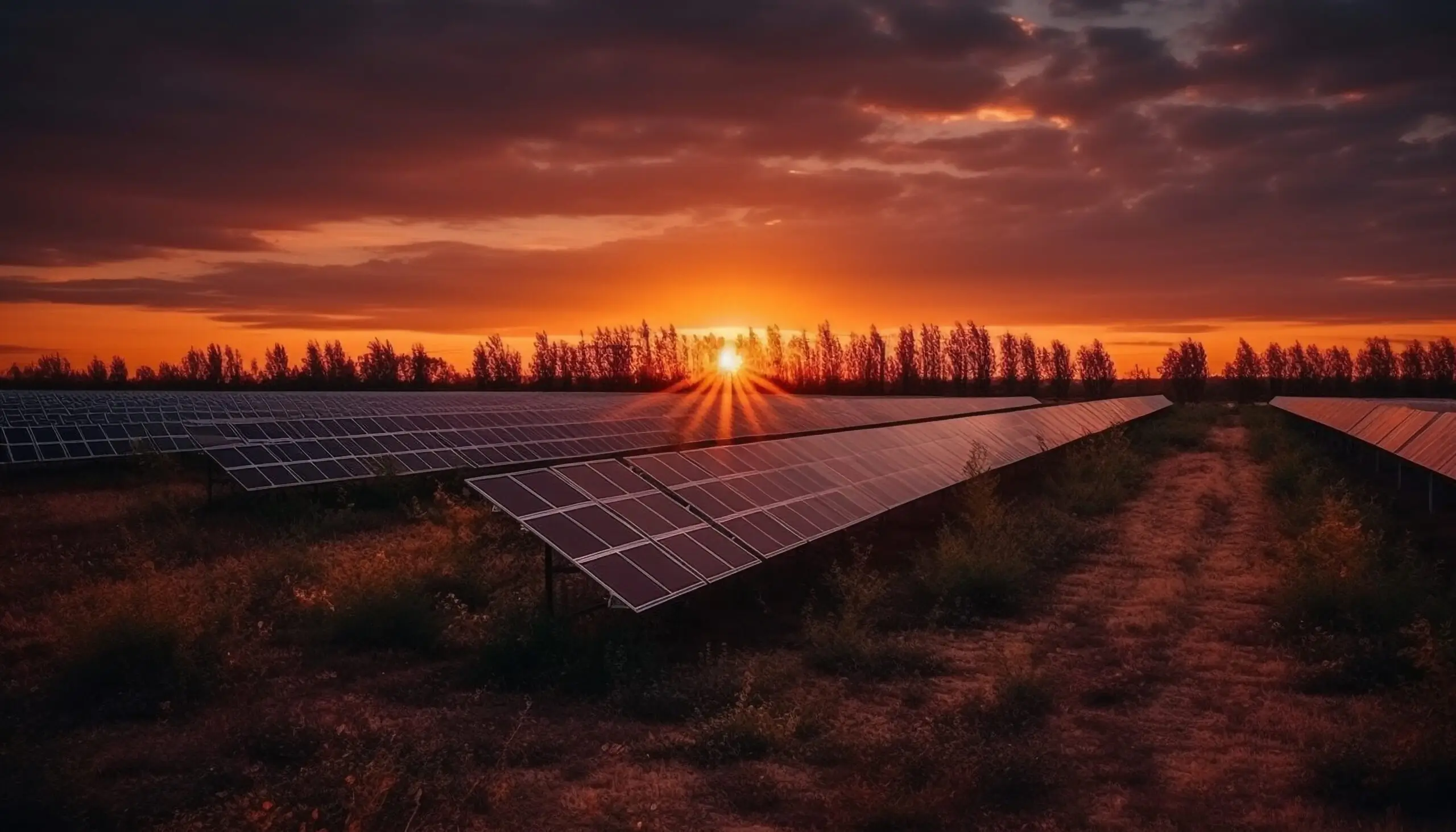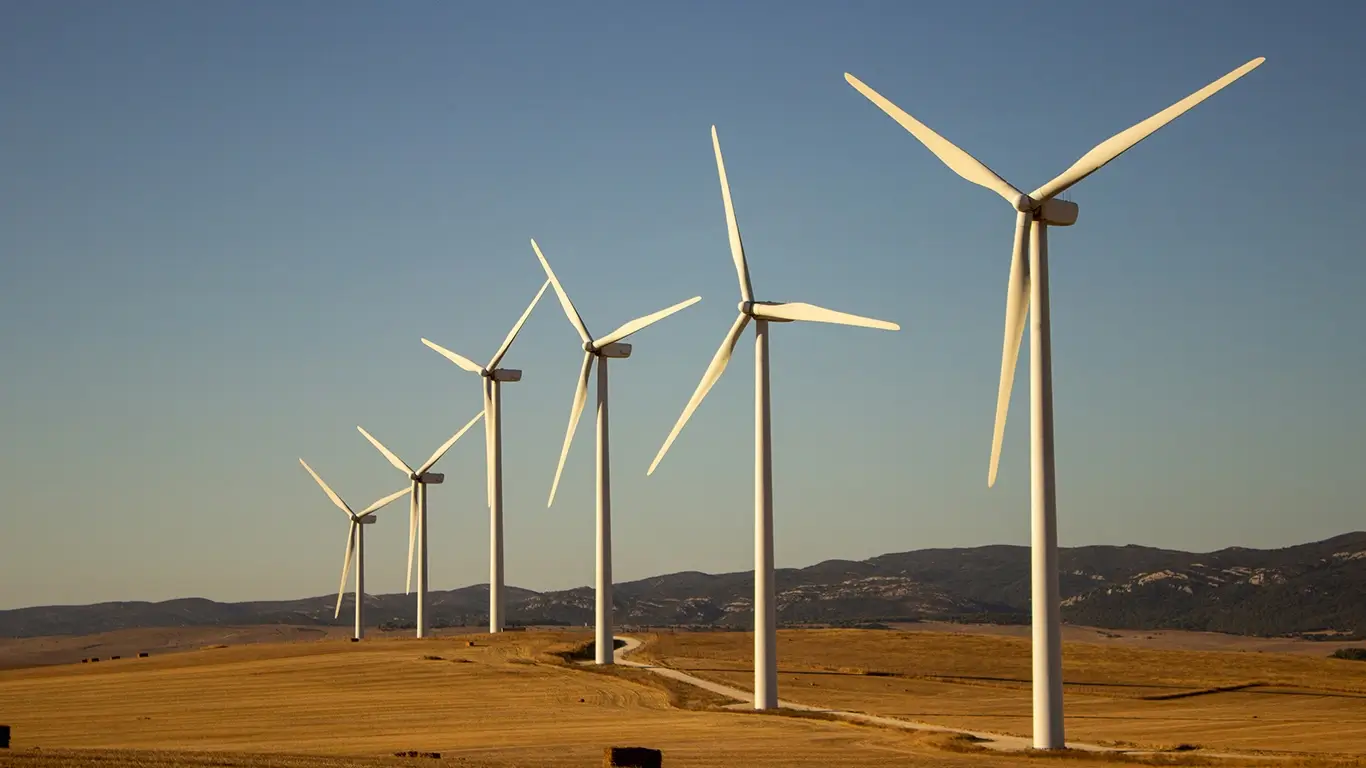With its abundant sunshine and wind resources, Egypt is steadily transforming its energy landscape by embracing renewable energy sources. The country’s strategic shift towards sustainable power generation aims to reduce dependence on fossil fuels, mitigate climate change impacts, and meet the growing energy demands of its burgeoning population. This article explores Egypt’s progress, challenges, and future prospects in adopting renewable energy.
Commitment to Renewable Energy:
Egypt’s commitment to renewable energy can be traced back to 2008 when it launched the Renewable Energy Program for the Development of New and Renewable Energy Sources. The program aimed to diversify the country’s energy mix and increase the share of renewables in the power sector. Since then, Egypt has set ambitious targets, including generating 20% of its electricity from renewable sources by 2022 and 42% by 2035.

Solar Power Potential:
With over 3,000 hours of sunshine per year, Egypt has immense potential for solar energy. The government has invested heavily in large-scale solar projects, including the world’s largest solar park, Benban, located near Aswan. The park has a planned capacity of 1.8 GW and is expected to reduce carbon emissions by 2 million tons annually.
Wind Energy Revolution:
Egypt’s geographical location makes it a wind energy hotspot, particularly along the Red Sea coast. The country has tapped into this potential by developing numerous wind farms, such as the Gulf of Suez Wind Farm and the Zafarana Wind Farm. These projects have significantly increased wind power capacity, positioning Egypt as a regional leader in wind energy production.
Overcoming Challenges:
Despite the remarkable progress, Egypt faces several challenges in fully harnessing its renewable energy potential. Financing, regulatory frameworks, and grid infrastructure remain critical areas that require attention. However, the government has taken proactive measures, such as introducing feed-in-tariffs and establishing the New and Renewable Energy Authority (NREA), to address these obstacles.




